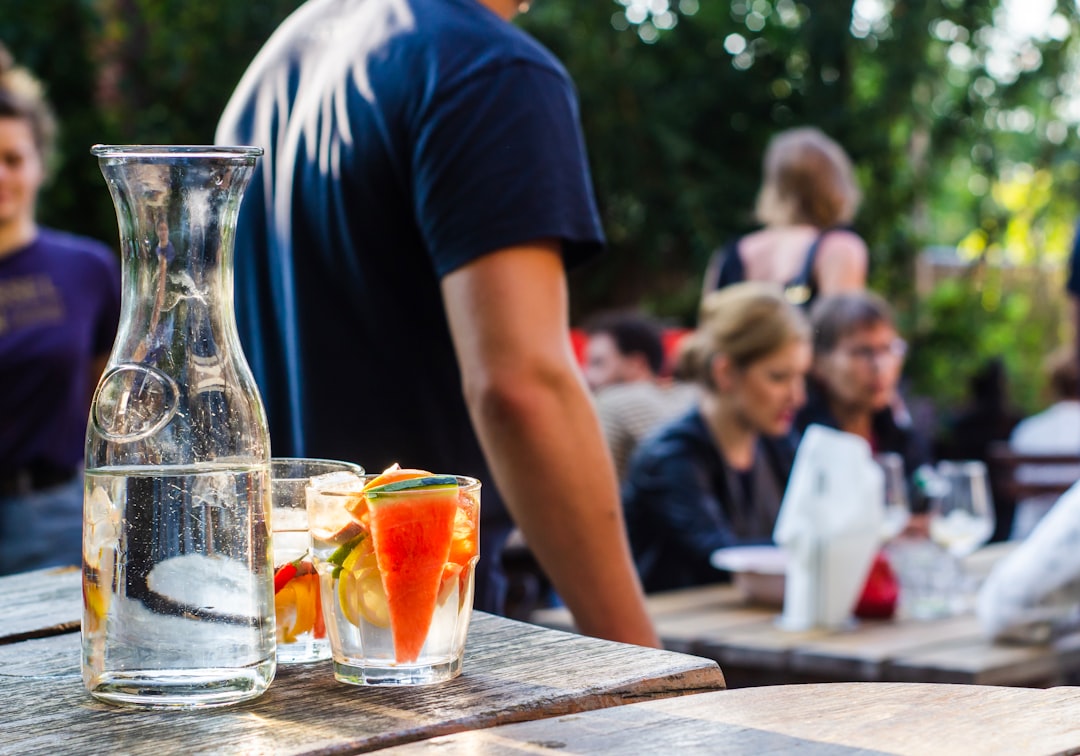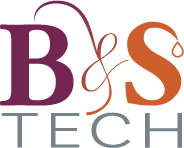The market of no-low alcoholic drinks

CONTEXT :
A growing number of adult consumers are looking for an alternative to alcoholic beverages for various reasons, without wanting to abandon the conviviality of the glass of wine or end up with a drink connoted "teenagers" like a soda.
Indeed, in 2021, 54% of adults say they want to drink less alcohol and thus moderate their alcohol consumption.
In fact, the growth figures of the market for no-alcohol or low-alcohol drinks ("no-low alcohol") highlight this new consumer trend : according to a study conducted by the IWSR on 10 key countries (including France), the market for low and non-alcoholic beverages (beers, ciders, wines, spirits and ready-to-drink) grew by +7% in volume in 2022 vs 2021 and now weighs $11 billion compared to $8 billion in 2018. This growth comes from both the recruitment of new consumers and an increase in the frequency of consumption thanks to the expansion of the offer.
It is "zero alcohol" beverages that drive no/low growth with volumes up +9% in 2022 and a
market share of 70% compared to 65% in 2018. Indeed, the improvement of taste, production techniques and the diversification of consumption moment
have boosted the dominance of "no alcohol" products vs. "low alcohol".
These are mainly 3 types of consumers: Women aged 25-39, young people aged 18-24 (millennials) and seniors.
These targets consume drinks without or with low alcohol levels for several reasons:
to consume less alcohol (40%),
to pay attention to their health (38%),
for taste (33%) and for the few calories associated (20%).
Millennials are the main contributors to growth in 2022. This is a generation that wants to moderate its alcohol consumption and is fond of innovation. The
"sober curious" has become the new # to follow and it is no longer shameful not to drink alcohol in society.
This is confirmed by the success of the movements "Dry January", "Mineral Tour" or "Sober October"...
MAINS MARKETS:
Non-alcoholic beer accounts for 4% of the market in Belgium and France, and already 7% in Germany and 13% in Spain, and forecasts are 25% by 2025.
It is the most developed market and has revived the trend.
As for wine, while the adjustment of 1 to 2% has been a common practice for 30 years in all regions of the world, the development of new products (light
wine, 0% wine) has been growing for only 2-3 years, mainly in Europe and more particularly in Northern Europe, thus following the trend led by beer.
Alcohol-free spirits, which started much later, saw very strong attention in 2019, with growth of 30% and the launch of major brands in early 2020.
If we look at the French market, the alcohol-free market represents 245 million euros in 2021. Even if it still remains “niche”, there are strong growth and
market growth was +12% in value in 2021.
FORECAST:
According to the IWSR study in 2022, soft or low-alcohol beverages are now a market that is expected to grow by 7% per year by 2026, compared to a low
+1% for conventional alcohol.
In addition, alcohol-free wine is expected to grow by about 11% per year in France by 2032. A great growth potential for the sector.

